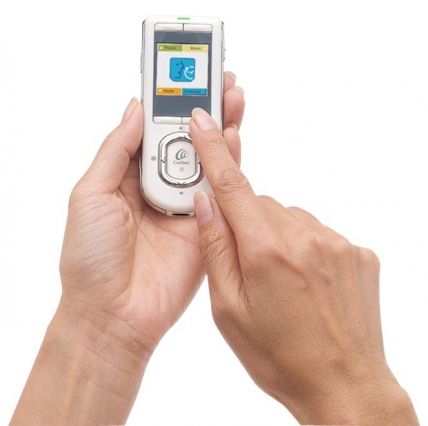

Many fitting methods have been developed since the introduction of the cochlear implant, each method seeking efficacy and efficiency in the optimization of sound quality (e.g.

Accordingly, since no default program exists that is immediately usable, audibility is the paramount concern of cochlear implant management. Indeed, the variability in levels across individuals is most often larger than the dynamic range within individuals. T- and C-levels can depend on factors such as electrode array placement, neural survival differences, and subjective loudness preferences ( Tykocinski et al, 2001 Khan et al, 2005 McKay et al, 2005). Unlike standard audiograms of acoustic hearing, T- and C-levels are far less uniform across cochlear implant recipients. Should the current limits be set too low, the recipient may fail to achieve any sound perception from the device. Should the current limits be set too high, sound can be uncomfortable, distorted, and can ultimately lead to the recipient's refusal to use the implant. Electric output requirements can differ markedly across individuals, making fitting all the more important. Principally, the minimum and maximum electric current limits must be set for each output channel (respectively, the T- and C-levels of the 22 channels of Nucleus ® devices, collectively the key components of a ‘program’ or ‘MAP’). The purpose of the technology described in this article is to address this capacity challenge for cochlear implant management that is, to increase access to standard care whilst maintaining hearing outcomes.Ī critical aspect of cochlear implant management-and often the most time-intensive aspect-is the fitting (or programming) of the device.

Whilst the growth in demand will add many more implant recipients to the care of audiologists, the profession itself is expected to grow far slower ( Freeman, 2009), and significant changes in cochlear implant fitting and management have been anticipated ( Shapiro & Bradham, 2012). Despite the success of the multichannel cochlear implant in the treatment of sensorineural hearing loss, less than 10% of potential candidates have received an implant (see, for example, NIDCD, 2004).


 0 kommentar(er)
0 kommentar(er)
